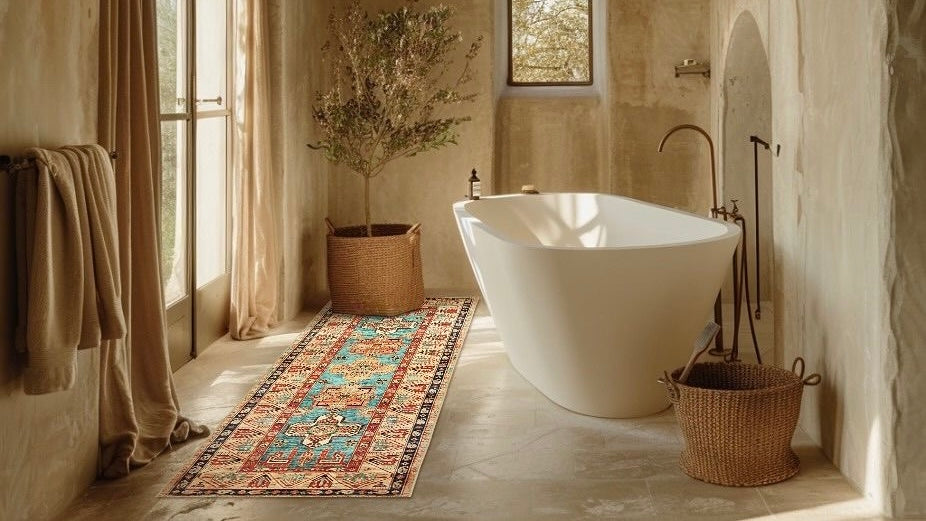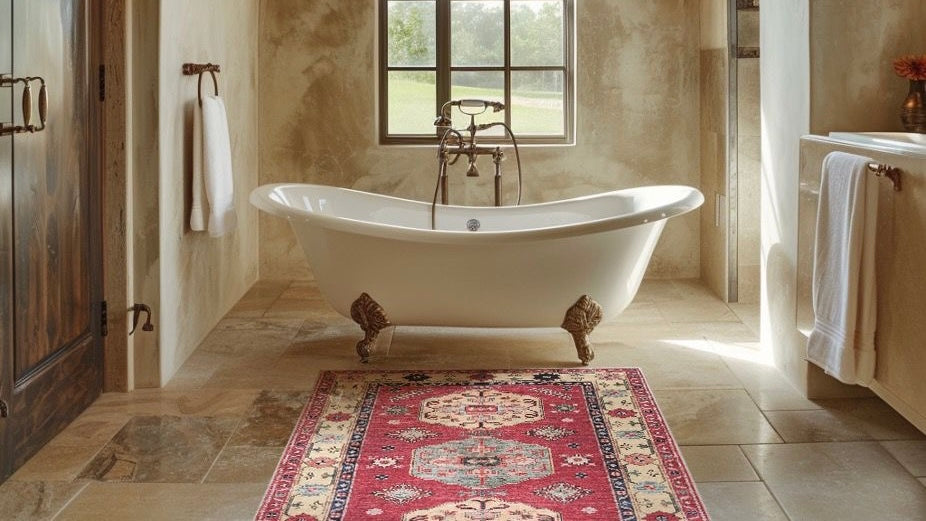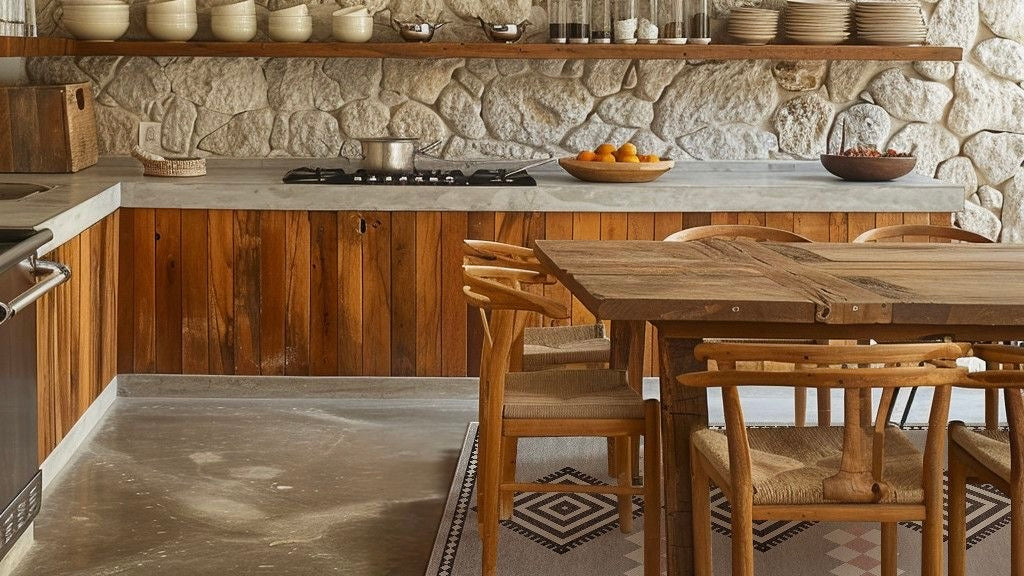
How to Design a Home: A Step-by-Step Guide to Creating Your Dream Space
Designing a home can be an exciting yet challenging endeavor. Whether you’re moving into a new house or renovating your current space, creating a home that reflects your personal style and meets your functional needs requires careful planning and creativity. In this comprehensive guide, we’ll walk you through the process of how to design a home, from initial concept to final touches, using the latest design principles and tips to ensure your space is both beautiful and functional.
Step 1: Define Your Vision and Style
Before you start selecting furniture and paint colors, it’s essential to have a clear vision of what you want your home to look and feel like. Consider what styles resonate with you—do you prefer a modern minimalist look, a cozy farmhouse feel, or a chic bohemian vibe? Gather inspiration from magazines, Pinterest, and interior design blogs to create a mood board that reflects your aesthetic preferences.
SEO Keywords: home design inspiration, interior design styles, create a mood board, home design ideas, personal style.
Pro Tip: Consider the architecture of your home when choosing a style. A cohesive look that complements your home's structure will create a more harmonious and visually appealing space.
Step 2: Plan Your Layout
A well-thought-out layout is crucial for a functional and comfortable home. Start by drawing a floor plan of your space, considering the flow of each room and how you plan to use it. Think about furniture placement, walking paths, and the relationship between different areas.
SEO Keywords: home layout ideas, floor plan design, room layout tips, functional home design, interior space planning.
Pro Tip: If you’re working with an open-plan layout, use rugs, furniture arrangements, and lighting to define different zones, such as the living area, dining space, and kitchen.
Step 3: Choose a Color Scheme
Selecting the right color palette is key to setting the tone for your home. Colors can influence mood and perception, so choose a scheme that aligns with the atmosphere you want to create. For a calm and serene space, opt for neutral and cool tones. If you prefer a more energetic and vibrant feel, consider bold and warm colors.
SEO Keywords: home color schemes, choosing paint colors, interior paint ideas, color psychology in home design, best home colors.
Pro Tip: Use the 60-30-10 rule to balance your color scheme: 60% of the room should be the dominant color, 30% the secondary color, and 10% an accent color.
Step 4: Select Furniture and Decor
Your furniture and decor choices will define the style and comfort of your home. When choosing pieces, consider the scale, proportion, and functionality of each item. Look for furniture that complements your style and fits comfortably in the space.
SEO Keywords: choosing furniture for home, interior decor ideas, home furnishing tips, stylish home furniture, functional decor.
Pro Tip: Invest in key pieces like a comfortable sofa, a sturdy dining table, and quality bedroom furniture. You can save on accessories and smaller items that can be changed more frequently.
Step 5: Incorporate Lighting
Lighting is a crucial element in home design that often gets overlooked. It can dramatically change the ambiance and functionality of a space. Use a mix of ambient, task, and accent lighting to create a layered effect that enhances the overall aesthetic.
SEO Keywords: home lighting ideas, interior lighting tips, best lighting for home, layered lighting design, functional home lighting.
Pro Tip: Use dimmer switches to control the mood of your lighting, and choose light fixtures that serve as decorative elements to add personality to your rooms.
Step 6: Add Personal Touches
Your home should reflect your personality and tell your story. Add personal touches like family photos, travel souvenirs, or artwork that has special meaning to you. These items will make your space feel unique and welcoming.
SEO Keywords: personalizing home decor, unique home accessories, adding character to home, personal home design, decorating with personal items.
Pro Tip: Create a gallery wall with a mix of photos, artwork, and mirrors for a dynamic and personalized display.
Step 7: Focus on Functionality
While aesthetics are important, your home should be functional and cater to your lifestyle. Consider the specific needs of your household, such as storage solutions, kid-friendly features, or work-from-home spaces. Design your home to make daily life more convenient and enjoyable.
SEO Keywords: functional home design, smart home solutions, family-friendly interiors, home storage ideas, designing for lifestyle.
Pro Tip: Use multi-functional furniture, like ottomans with storage or fold-out desks, to maximize space and utility in smaller areas.
Step 8: Layer Textures and Patterns
Textures and patterns add depth and interest to your home design. Mix different materials like wood, metal, glass, and textiles to create a rich and inviting atmosphere. Patterns can be introduced through rugs, pillows, curtains, and wallpaper.
SEO Keywords: layering textures in home design, using patterns in interiors, home decor textures, mixing materials in home, stylish home patterns.
Pro Tip: Balance bold patterns with solid colors to prevent the space from feeling overwhelming. Start with a patterned rug or wallpaper and build the rest of the room around it.
Step 9: Create Outdoor Living Spaces
Don’t forget to extend your home’s design to the outdoors. Whether you have a small balcony or a spacious backyard, create an outdoor area that complements your interior style. Use comfortable seating, outdoor rugs, and potted plants to make it a cozy retreat.
SEO Keywords: outdoor living design, patio decor ideas, backyard design tips, designing outdoor spaces, home exterior decor.
Pro Tip: Add string lights or lanterns for a magical ambiance in the evenings, and choose weather-resistant furniture that can withstand the elements.
Step 10: Stay True to Your Vision
Finally, remember that designing a home is a personal journey. While trends and tips can guide you, your home should ultimately be a reflection of who you are and what you love. Stay true to your vision, and don’t be afraid to make bold choices that make your space feel like you.
SEO Keywords: personalized home design, staying true to your style, creating a dream home, unique home interiors, bold home design choices.
Pro Tip: Don’t rush the process. Take your time to find pieces you truly love and that will stand the test of time.
Conclusion
Designing a home is a rewarding experience that allows you to create a space that is uniquely yours. By following these steps and incorporating key interior design principles, you can transform any house into a beautiful, functional, and inviting home. Whether you're starting from scratch or making a few updates, remember to enjoy the process and let your creativity shine through.


